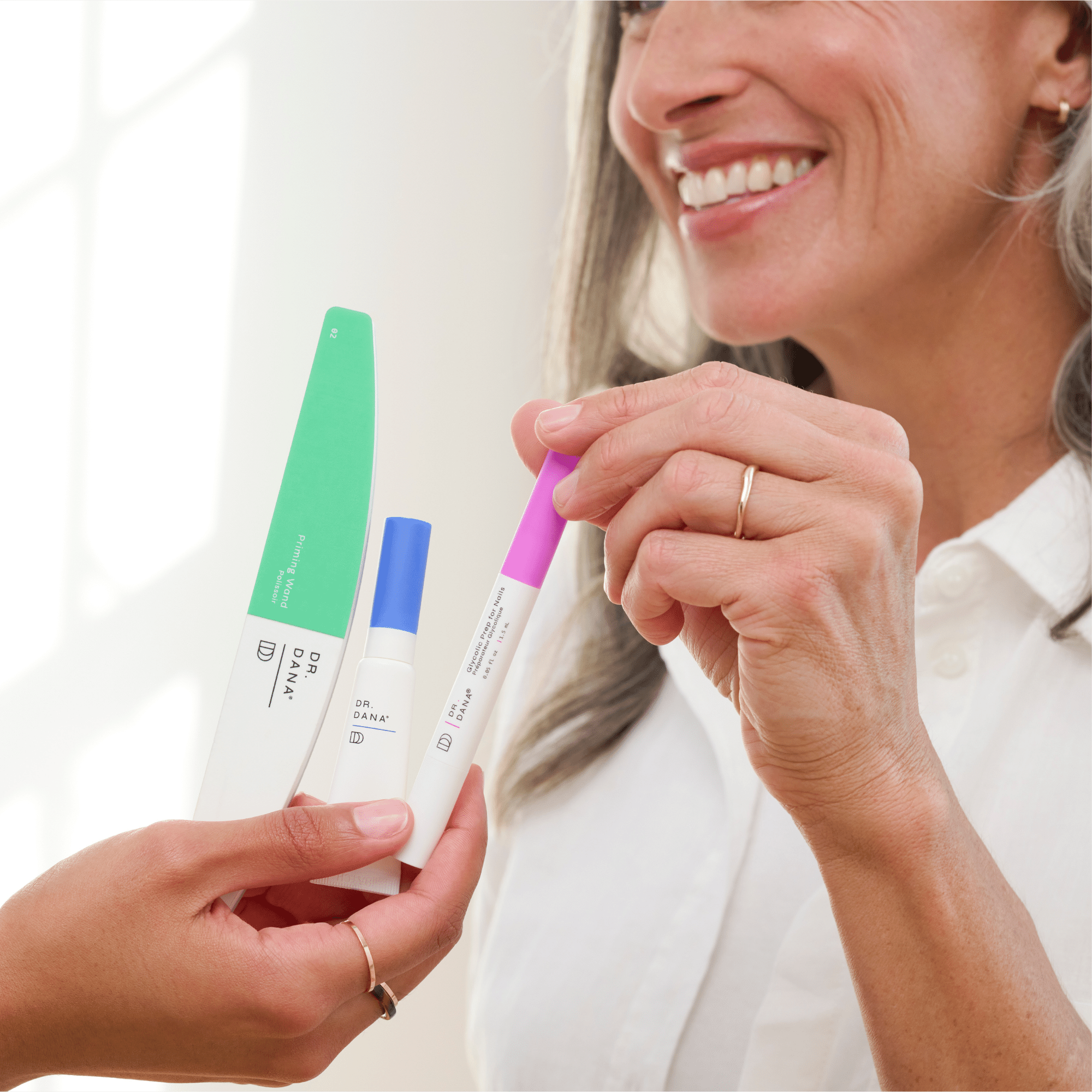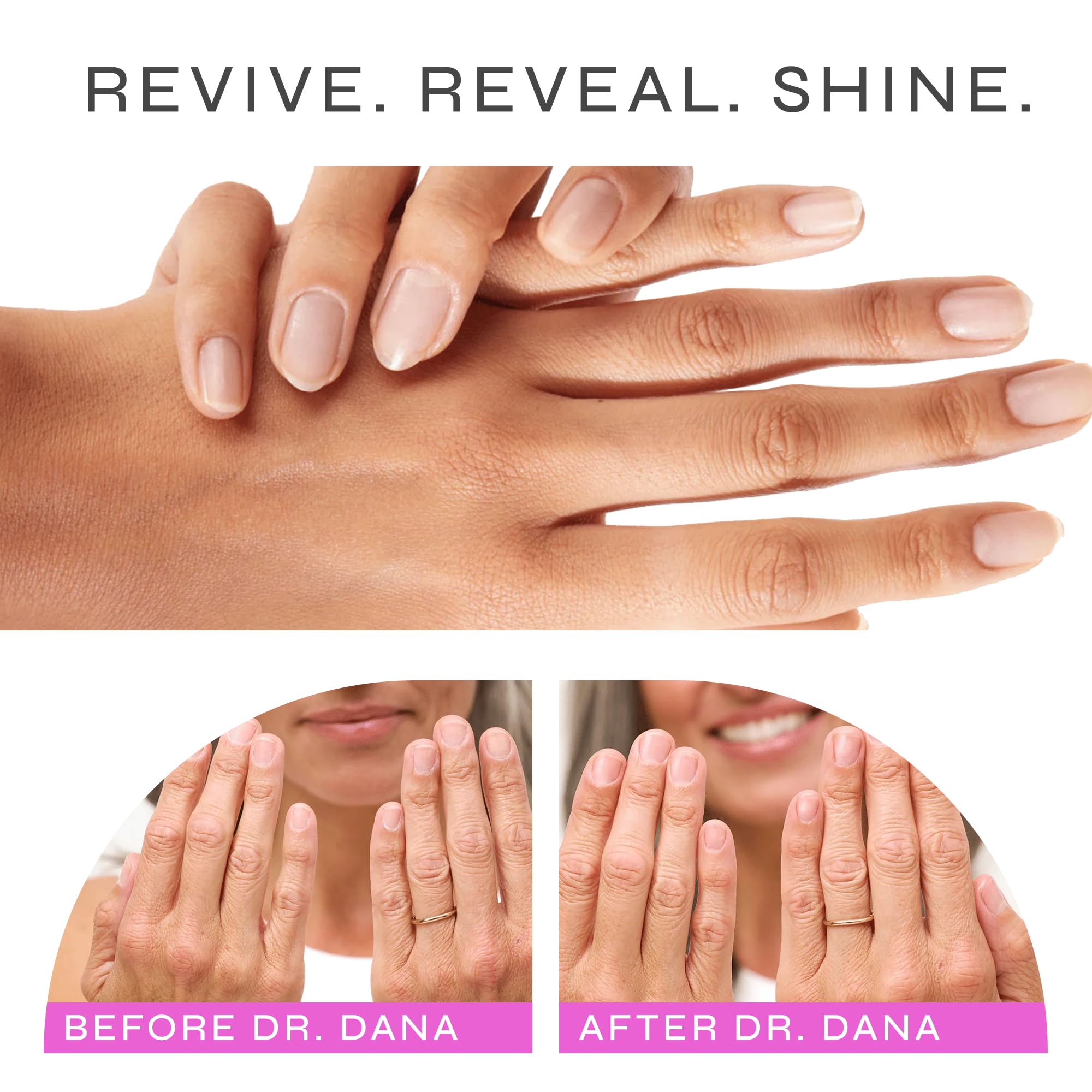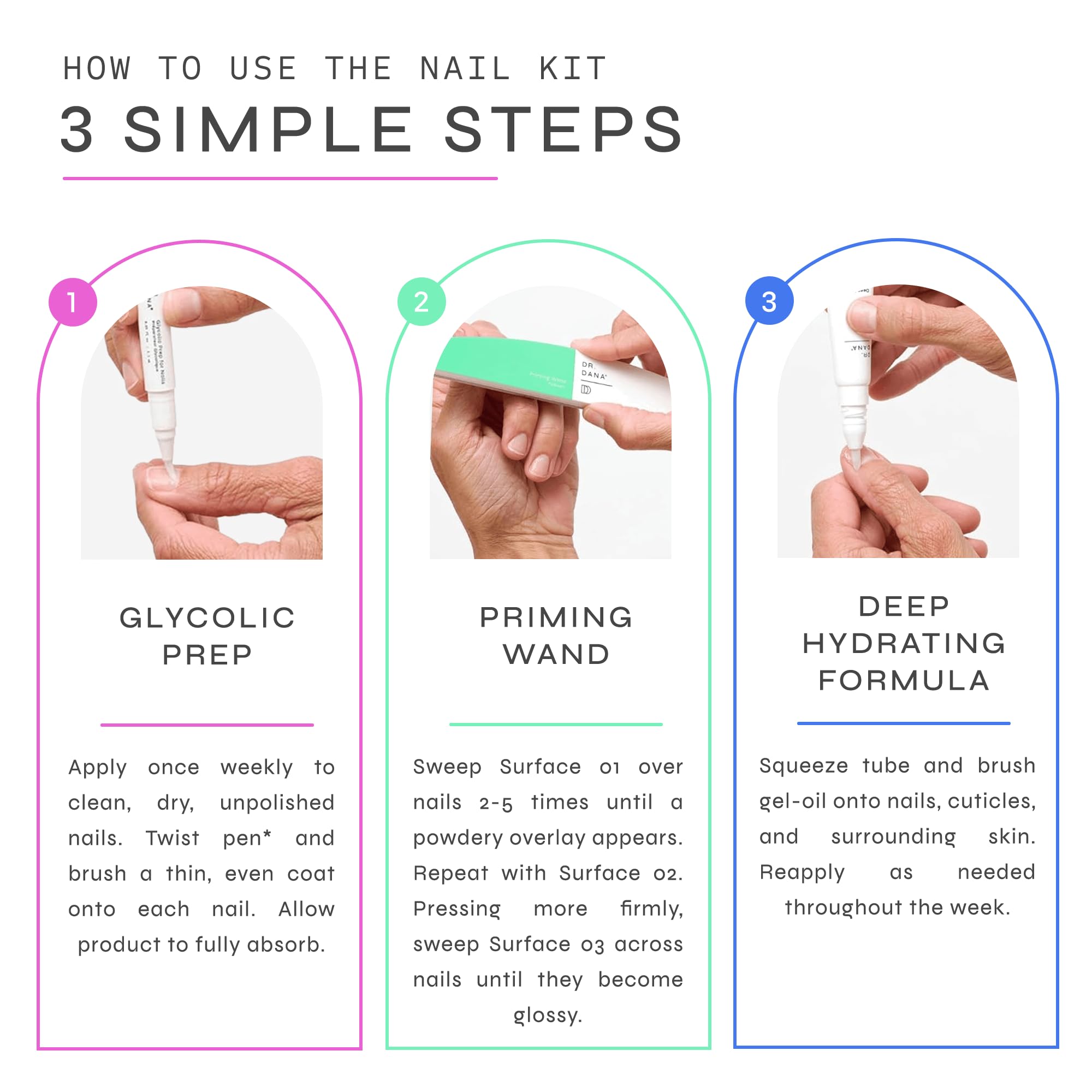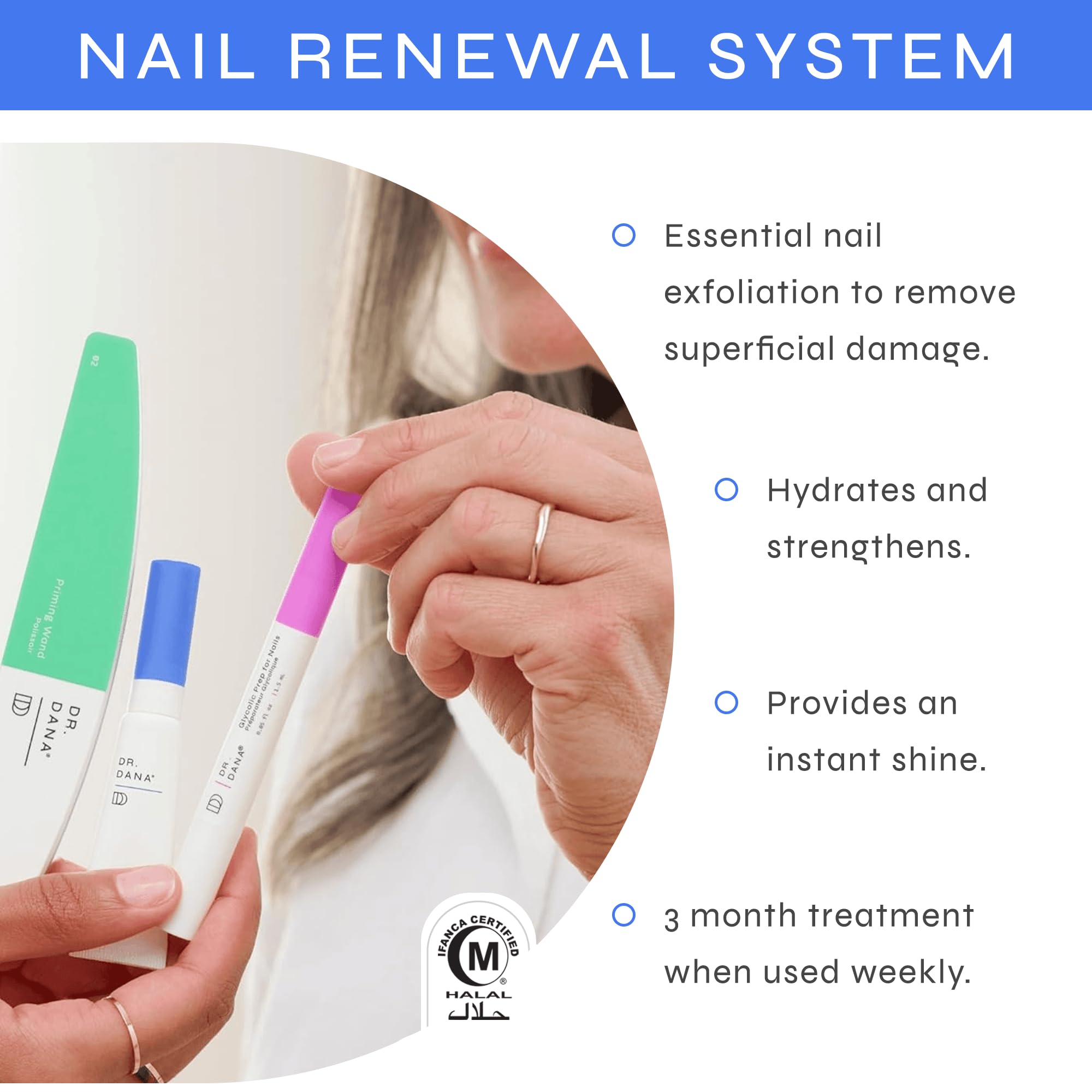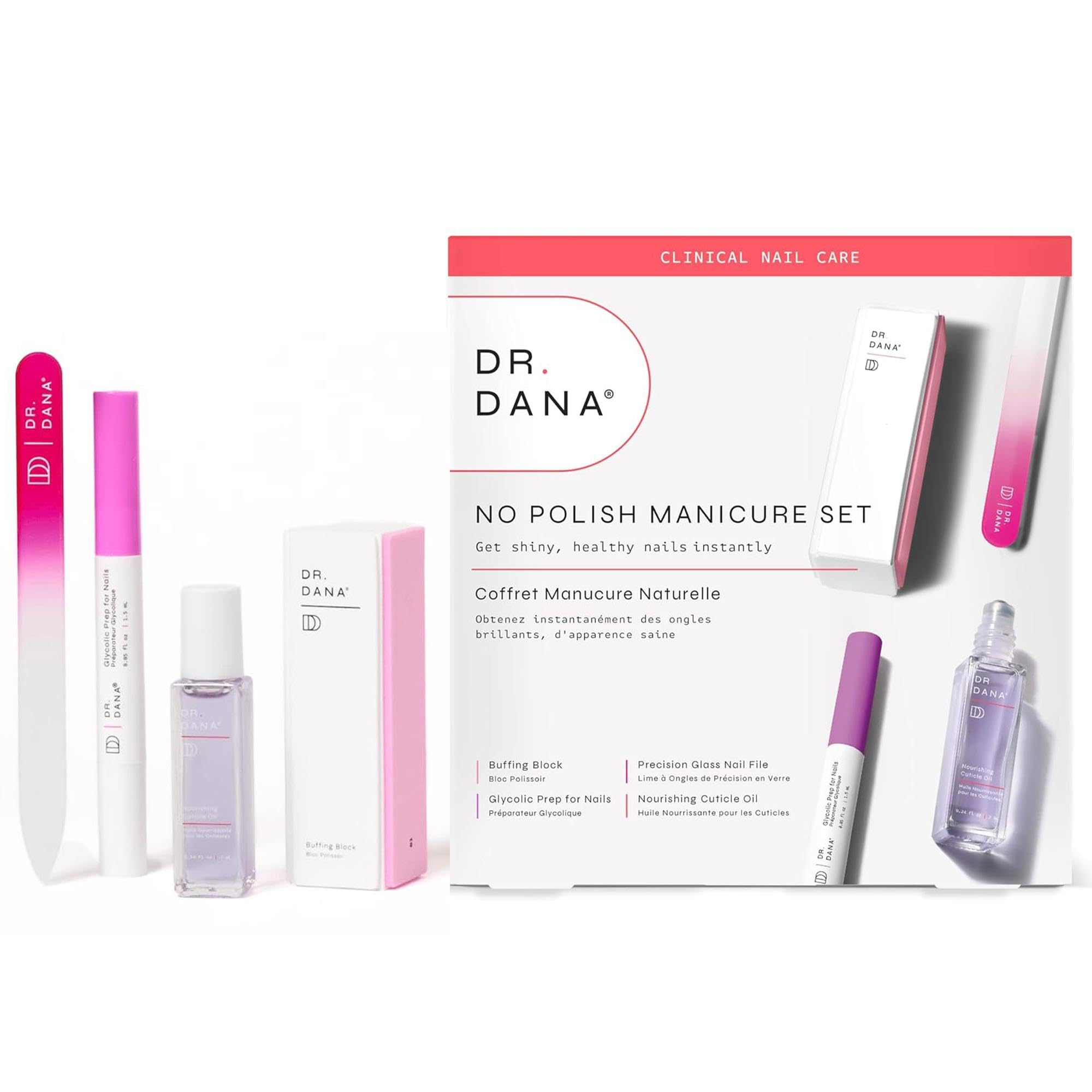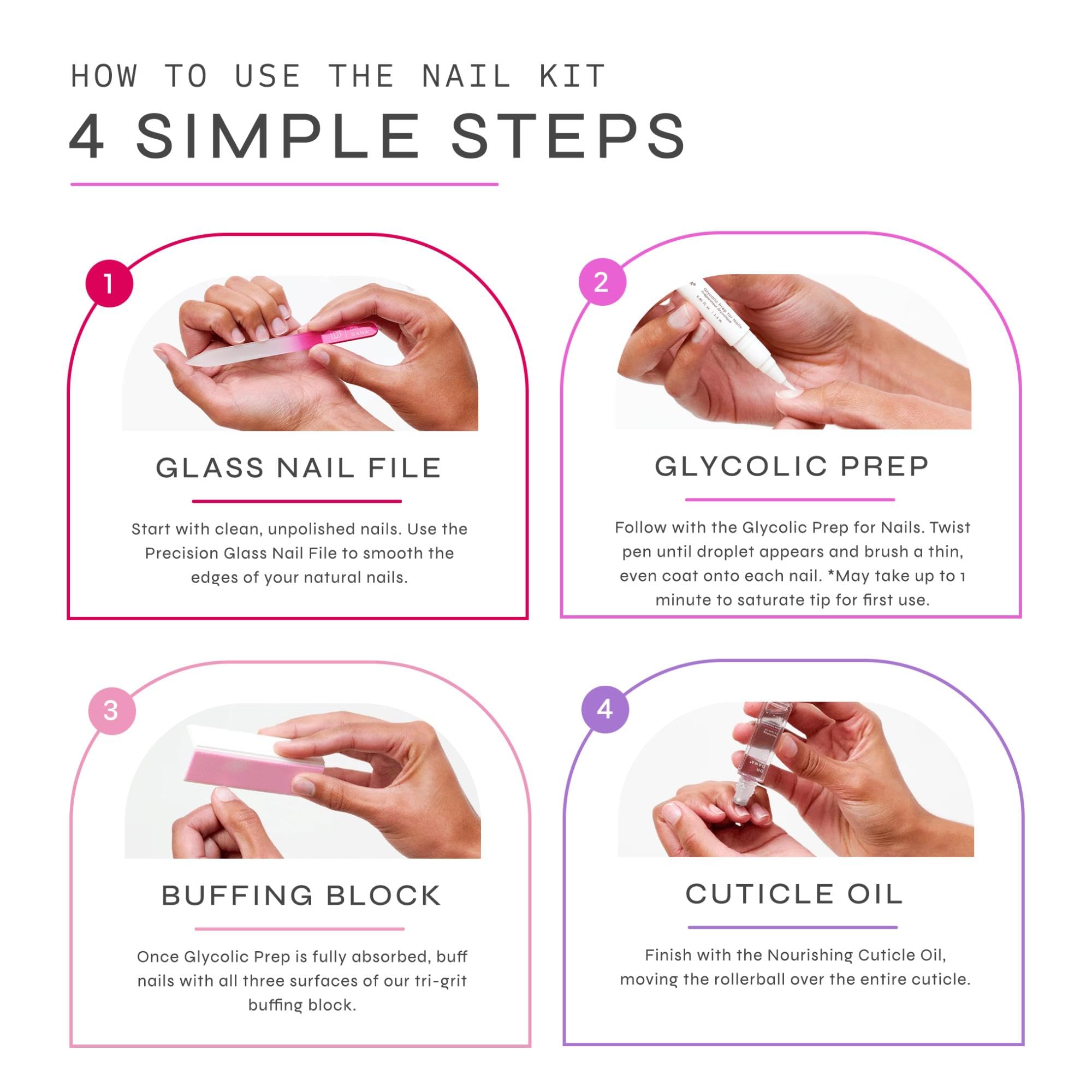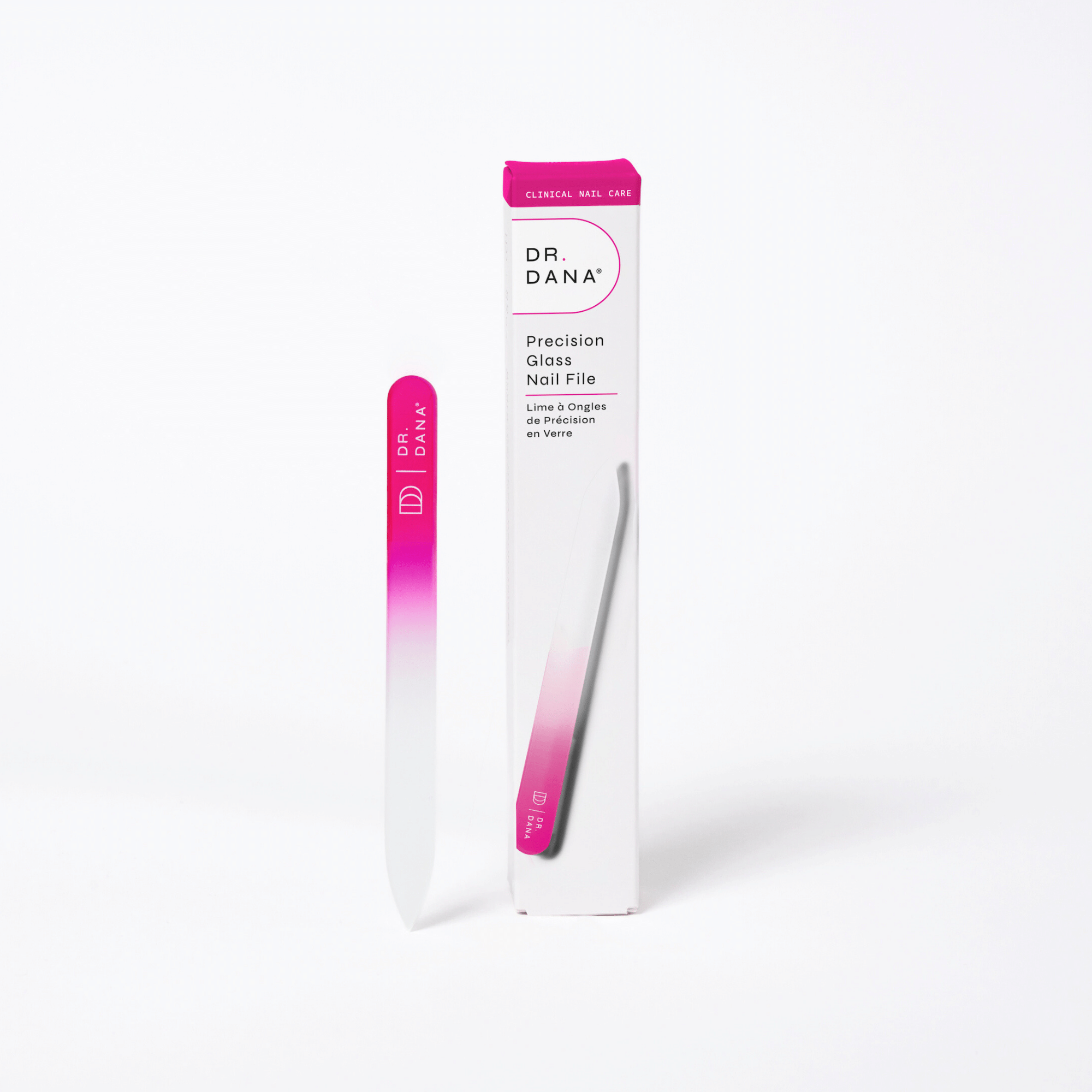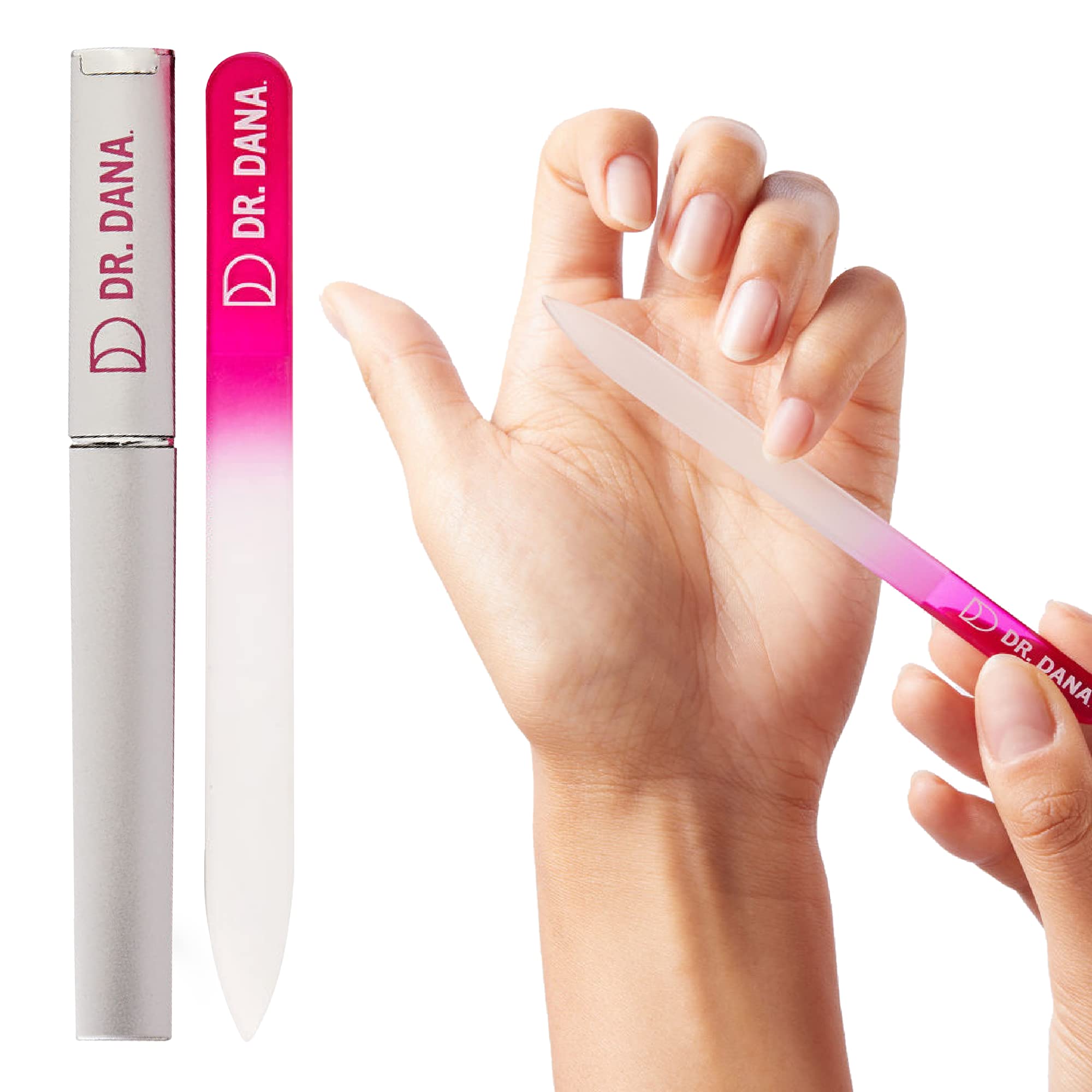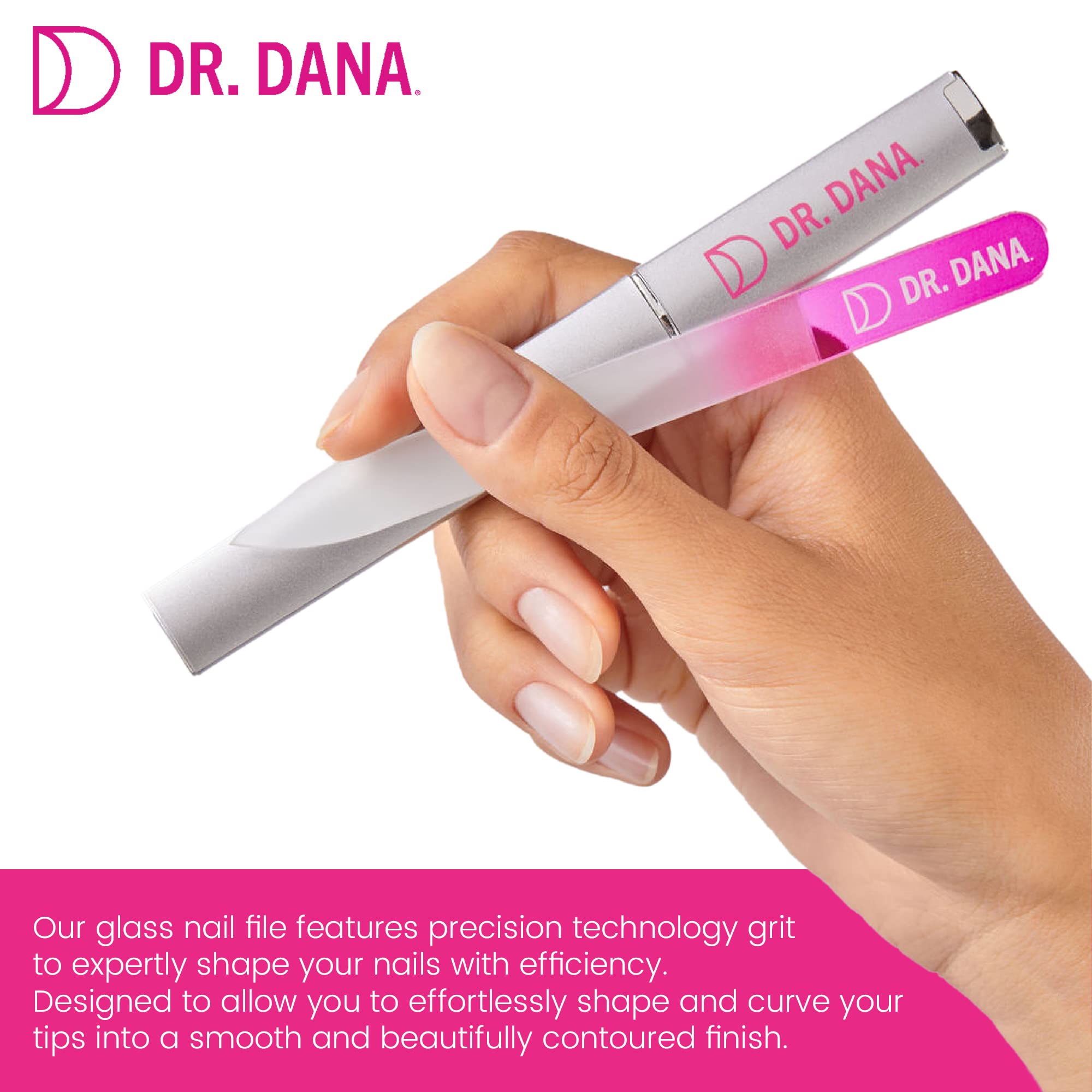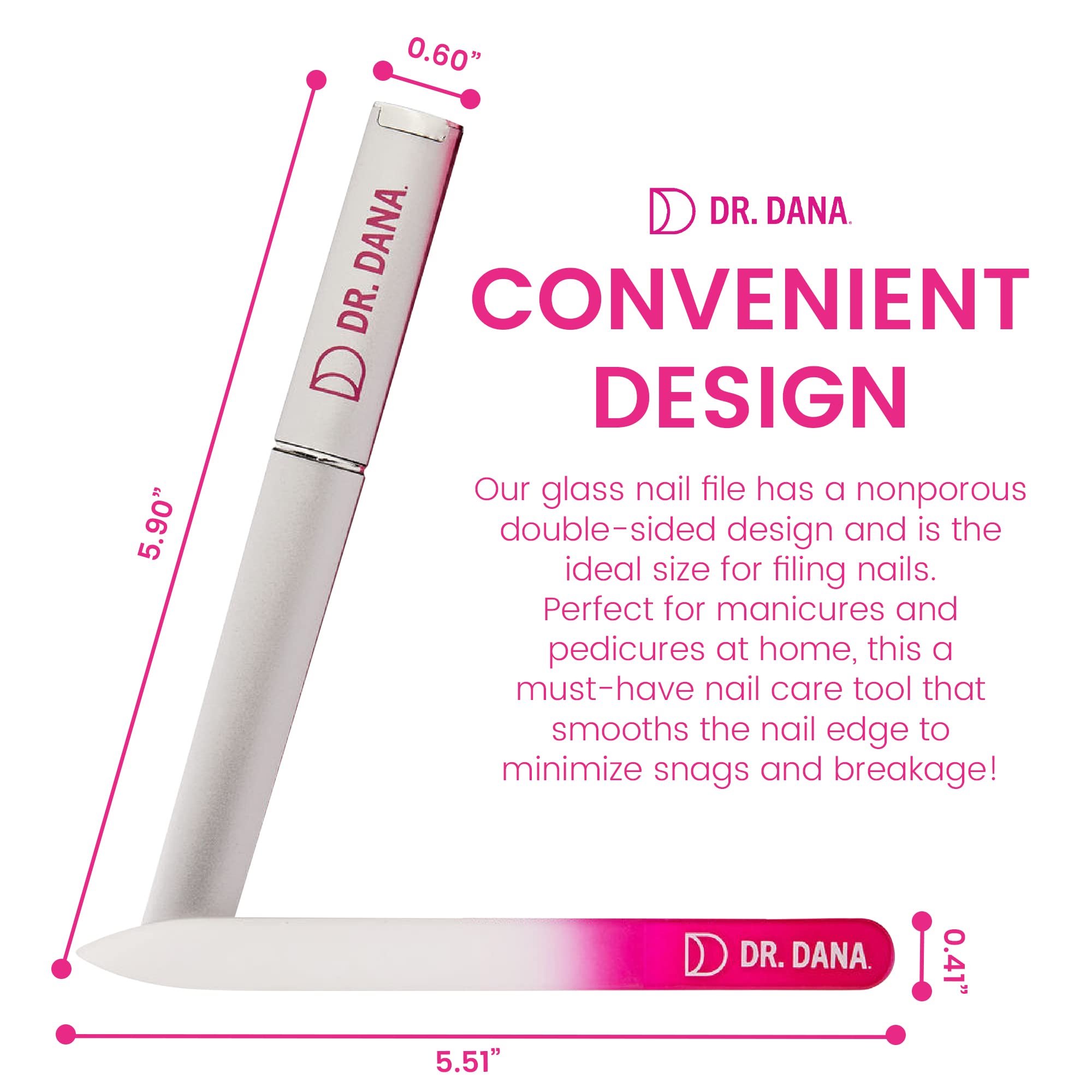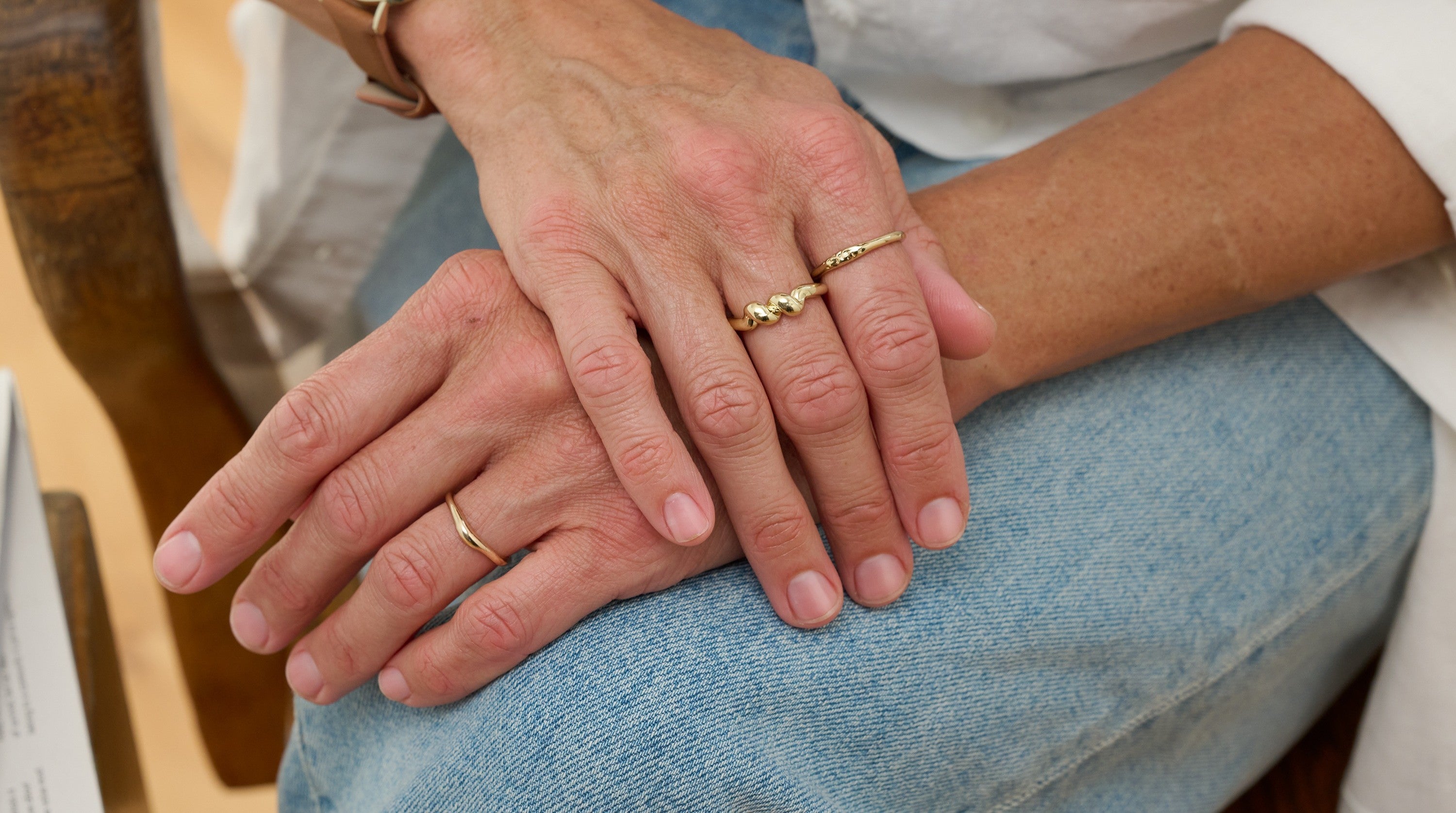If you find yourself picking at your nails without even thinking about it, you’re not alone. Nail picking, medically known as onychotillomania, is a common and often overlooked habit that affects people of all ages. Many describe it as a stress reliever or something they do absentmindedly, but over time, it can damage the nail plate and surrounding skin, leading to discomfort and frustration.
The good news is that nail picking is treatable. One of the most effective behavioral approaches used by dermatologists and therapists is habit reversal therapy (HRT), a simple but powerful method that helps retrain your brain to break the cycle.
What Is Habit Reversal Therapy?
Habit reversal therapy is a type of cognitive behavioral therapy (CBT) designed to help people stop repetitive or body-focused habits such as nail picking, hair pulling, or skin picking. Instead of focusing on punishment or willpower, HRT teaches you to:
- Recognize when and why the behavior happens
- Interrupt the automatic habit loop
- Replace it with a healthier action
Over time, this structured approach helps your brain associate triggers like stress or boredom with new, non-destructive habits. While dermatologists often identify and support patients with nail picking, habit reversal therapy is typically administered by trained behavioral health professionals. However, dermatologic care plays an important role in repairing and protecting damaged nails during recovery.
Why Nail Picking Happens
Nail picking can develop for many reasons. For some, it starts as a response to stress, anxiety, or boredom. For others, it may be triggered by physical sensations like rough nail edges, dryness, or hangnails.
What begins as a small, harmless action can quickly become automatic. The more you do it, the more your brain learns that nail picking relieves tension, which makes it even harder to stop.
That’s where HRT and dermatologist-guided care can make a difference by helping you replace the habit with something that supports both your mental well-being and nail health.
Dr. Dana’s Dermatologist-Approved Tips to Curb Nail Picking
Dr. Dana Stern, board-certified dermatologist and nail expert, often helps patients successfully stop nail picking through simple behavioral changes and awareness techniques. Here are her three go-to strategies:
-
Keep a diary for one week.
Write down every time you catch yourself picking your nails. This builds awareness and helps you identify patterns, such as specific times, places, or emotions that trigger the behavior. Becoming more conscious of when it happens is the first step toward breaking the cycle.
-
Redirect the urge to something harmless.
Once you spot a pattern, substitute the behavior with something safe. Try a stress ball, a fidget device, or Dr. Dana’s favorite, a bright, loose rubber band around your wrist that you can play with when the urge hits. The goal is not to suppress the feeling, but to redirect it to an action that doesn’t harm your nails.
-
Seek support if needed.
If self-guided strategies aren’t enough, speak with a therapist. Cognitive behavioral therapy, including habit reversal therapy, has been proven effective for breaking habits like nail picking. Professional support can help you explore emotional triggers, practice relaxation techniques, and stay consistent.
Does Habit Reversal Therapy Really Work?
Research and clinical experience both show that habit reversal therapy is one of the most effective tools for body-focused repetitive behaviors like nail picking. In studies, many participants notice significant improvement within just a few weeks when they consistently apply awareness and replacement strategies.
Dr. Dana has seen similar success in her own dermatology practice, helping countless patients regain healthy, strong nails through a combination of behavioral techniques and nail care routines.
Pairing HRT with a gentle, restorative nail regimen can also accelerate healing. Keeping nails smooth, hydrated, and free from rough edges reduces tactile triggers that might tempt you to pick.
A Healthier Habit Starts Here
Breaking the nail-picking habit isn’t about perfection, it’s about progress. With the right combination of awareness, redirection, and support, most people can successfully retrain their brains and restore the health of their nails.
If you’re struggling to stop, know that help is available. Dermatologist-guided care and evidence-based therapies like HRT offer real, lasting results. Breaking habits takes time, but small, consistent steps can make a big difference.




